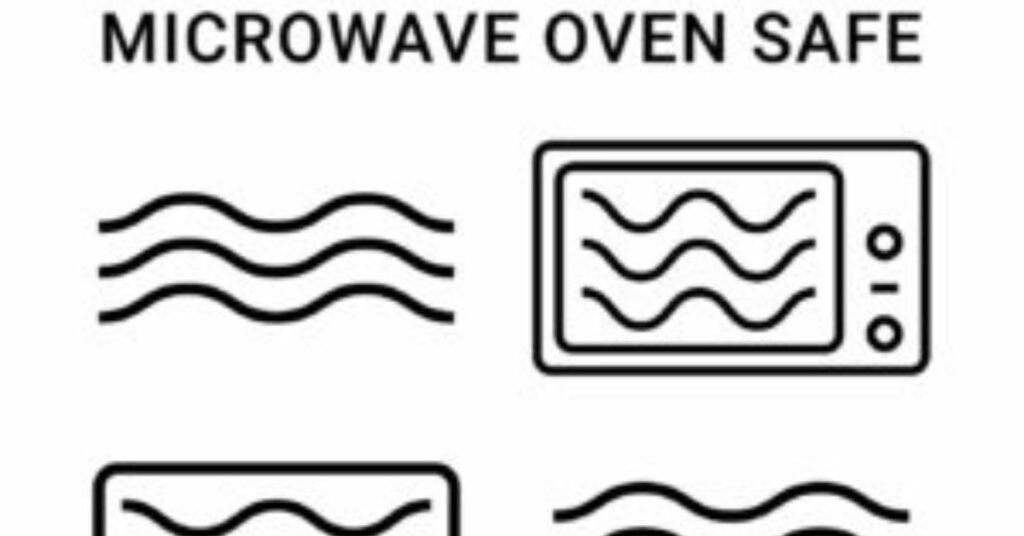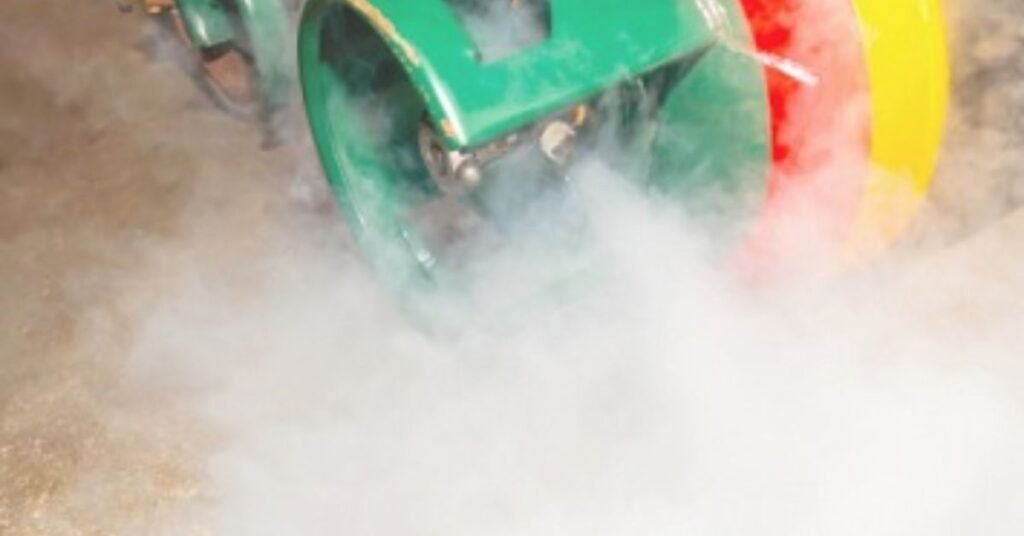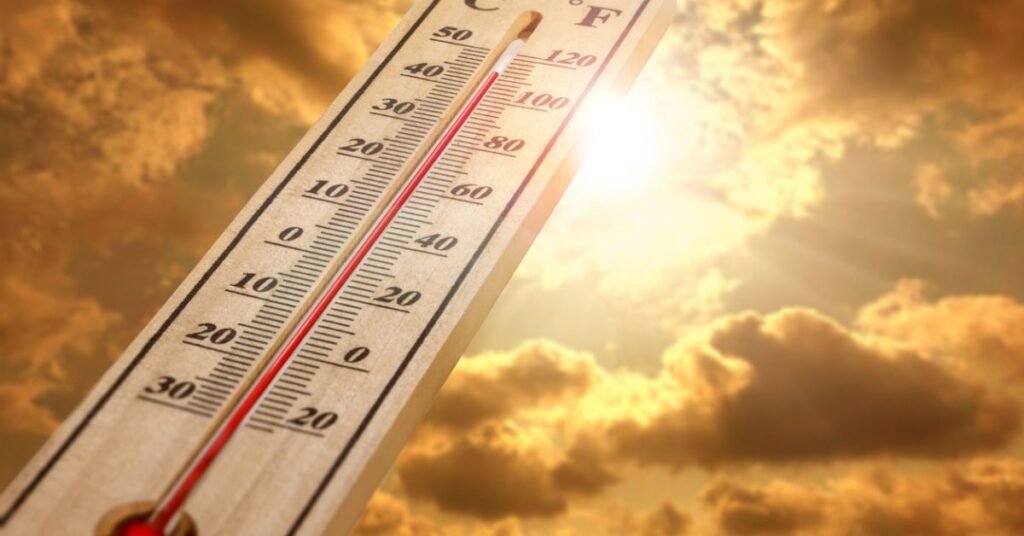In the area of family debates, one ordinary query that frequently pops up is whether or no longer Red Solo cups are microwave-steady. One unusual query that often arises is: Can a red solo cup be stable to microwave?
No, it is not solid to region red Solo cups (or some distinctive plastic cups) in the microwave. Solo cups are commonly crafted from polypropylene, which might soften or launch dangerous chemical substances even when exposed to high temperatures.
Let’s embark on an adventure to find the reality behind whether or no longer the ubiquitous party cups can control the warmth of a microwave oven.
Understanding Red Solo Cups:
Firstly, Red Solo cups are normally crafted from polypropylene, a shape of plastic identified for its durability and flexibility. This fabric is widely used for meal boxes and drinkware due to its capability to withstand heat and bloodless temperatures without warping or leaching dangerous chemical materials.
Microwaving Plastics: General Guidelines:
When it includes microwaving plastics, here are some trendy recommendations to comply with for protection:
1. Microwave-Safe Label:

Look for bins that are categorized as “microwave-constant.” These bins are designed to stand up to the warm temperature generated in the microwave without melting or liberating dangerous chemicals.
2. Check the Resin Code:
Plastics are marked with resin identification codes (generally a variety of inner triangles of arrows). Not all plastics are microwave-steady. Generally, plastics with codes 1 (PET or PETE), 2 (HDPE), four (LDPE), and 5 (PP) are considered microwave-secure, despite the fact that this will vary depending on the producer’s specifications.
3. Avoid High Heat:
Even microwave-secure plastics can warp or degrade over the years if exposed to immoderate warmth. Use them frequently with the producer’s recommendations, the facet of averting prolonged microwave times or excessive electricity settings.
4. Don’t Microwave Non-Microwave-Safe Plastics:
Plastics that encompass PVC (3), PS (6), and others without a microwave-steady label should no longer be microwaved. They can release dangerous chemicals into your meals and aren’t designed to face up to microwave temperatures.
5. Avoid Scratched or Damaged Containers:
Scratches or cracks in plastic packing containers can harbor bacteria and may cause them to leach chemical substances without trouble. Replace packing containers that are broken or worn.
Also Read: What Gauge Extension Cord For Microwave?-The Comprehensive Guide
Why Red Solo Cups Are Not Microwave-Safe:
Here are the vital factor reasons why red Solo cups ought no longer to be microwaved:
1. Low Melting Point:
Polypropylene has an especially low melting element as compared to different plastics. When exposed to microwave radiation, which heats foods and drinks very quickly, polypropylene can melt or warp. This deformation can cause the cup to lose its shape, which is critical to spills or leaks.
2. Chemical Release:

Heating polypropylene in a microwave can cause it to release chemical substances into your meals or beverages. These chemical substances consist of components used inside the plastic production approach, which aren’t imagined to be eaten up. That can affect the taste and safety of the food or beverage.
3. Safety Concerns:
Microwaving crimson Solo cups can pose protection dangers. If the cup melts or deforms significantly, it can cause burn or spill while treated, particularly with warm liquids or materials.
Alternatives to Microwaving Red Solo Cups:
Given the ability risks associated with microwaving Red Solo cups, it’s far prudent to find out possible techniques for heating drinks or meal devices:
1. Transfer to Microwave-Safe Containers:
For beverages, please take into account transferring them to a microwave-constant glass or ceramic box earlier than heating. These materials are designed to resist microwave warmness with no bad outcomes on your food or beverages.
2. Cold Beverages:
If you are using Red Solo cups for cold beverages, there may be no hassle with their meant use. These cups are ideally fitted for serving cold drinks at occasions and gatherings.
3. Avoiding High Temperatures:

To maintain the integrity of Red Solo cups, keep them away from being exposed to excessive temperatures or direct warm temperature sources, including microwaves. Stick to their supposed use as disposable drinkware for cold liquids.
Also Read: Can You Plug A Microwave Into A Surge Protector?-Full Guide
Consequences of Microwaving Red Solo Cups:
Microwaving red Solo cups, which can be typically made from polypropylene plastic, can cause several ability effects:
1. Melting or Warping:
Polypropylene has an exceptionally low melting factor in comparison to specific plastics. When uncovered to excessive temperatures in a microwave, Solo cups can melt or warp, deforming their shape and probably inflicting spills or leaks.
2. Chemical Release:
Heating polypropylene or any plastic, now not categorized as microwave-solid, can discharge chemical materials into your food or beverage. These chemical substances can also furthermore consist of components used inside the plastic manufacturing method, which are not supposed to be fed on.
3. Safety Hazards:
If the plastic melts or deforms extensively, it could pose a safety threat. Hot liquids or ingredients in compromised packing containers may additionally spill or cause burns at the same time as being dealt with.
4. Quality of Food or Drink:
Even if the cup itself does now not visibly soften, heating it may affect the taste or niceness of the contents. Chemicals released from the plastic can impart unwanted flavors or odors to your meals or drinks.
5. Health Concerns:
Certain chemicals that could leach from plastics even as heated, which include BPA (Bisphenol A) or phthalates, had been related to capacity fitness risks, collectively with endocrine disruption and precise fitness problems.
Microwave-Safe Symbols:
When it involves figuring out if a specific material is microwave-secure, manufacturers frequently label their products as a result. Look for symbols like a microwave with wavy strains, which indicates the item is stable to be used in the microwave. However, now, only some merchandise, particularly disposable ones like Red Solo cups, encompass such labels.
Also Read: Are Panda Express Bowls Microwave Safe?-A Complete Guide
FAQ’s:
1. Are purple Solo cups microwaves secure?
It can sometimes be more steady to microwave Red Solo, even at low temperatures. Red Solo cups are made of polystyrene plastic.
2. Can I locate a plastic cup inside the microwave?
Until the plastic product is deemed microwave stable, please avoid microwaving it and update worn plastic containers with new ones.
3. Can I heat water in a purple solo cup?
Yes, you can place boiling water in crimson-residing beverage cups. The cups are double-walled paper with a terrific polyethylene coating, making them suitable for decent liquids.
Conclusion:
In this example, at the same time as Red Solo cups, which are made from plastic that is typically microwave-resistant, it is only sometimes recommended to use them in microwave ovens because of the danger of warping, melting, or chemical leaching.
For wonderful protection and to keep your drinkware awesome, choose microwave-solid packing containers or use Red Solo cups strictly for their unique purpose—serving bloodless beverages.

